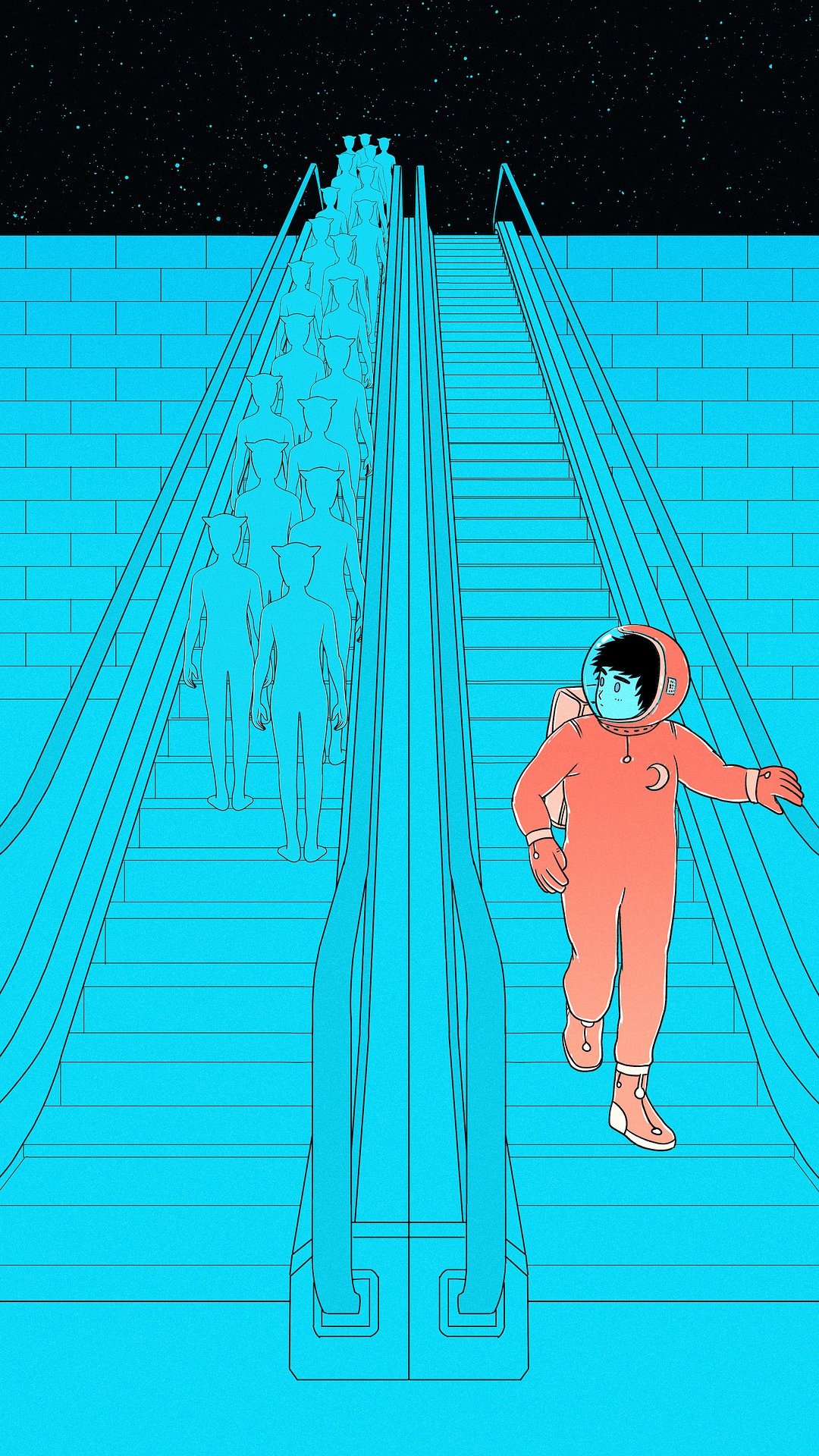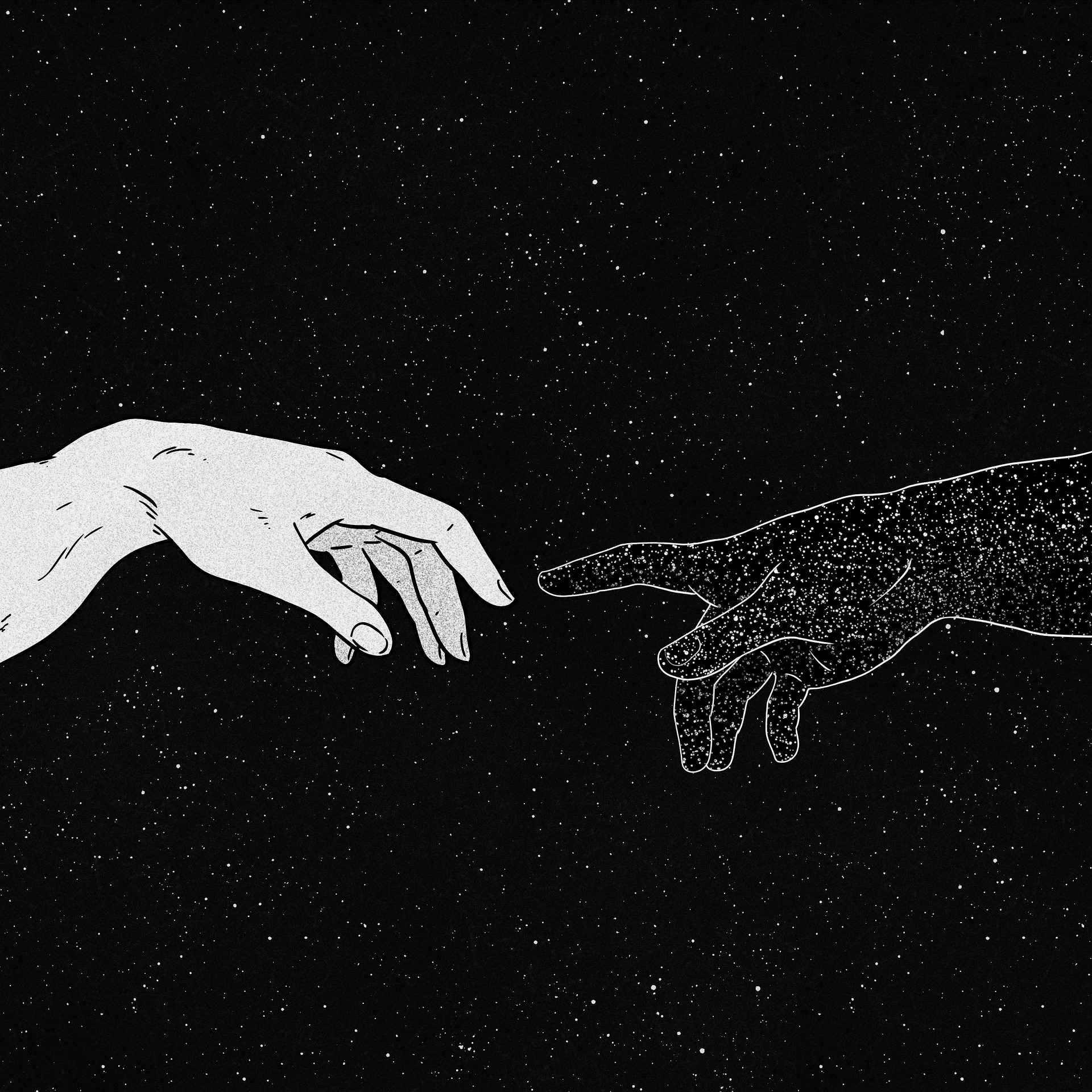Telematic performance and communication: tools to fight loneliness towards a future of connection.
In the midst of a pandemic, we have suffered more than ever from the emotional response that we understand as loneliness. Spending time sequestered in our houses and not being able to see our loved ones, to hug them, is almost unnatural to social beings such as humans. When we refer to these times as ‘tough’ or ‘trying’, we are not only thinking of the virus itself, but of the psychological damage it has caused in that aspect. The article “Tapes from Greece, and the Building of Community through the Telematic Medium” by Jefferson Pitcher deals very appropriately with this topic, though it was written prior to the pandemic. He writes about the need for communication in a technological era in which we feel disconnected. In the article “Telematic connections: sensing, feeling, being in space together”, Naomi P. Bennet delves into the disparity of telematic versus face-to-face communication.
 [Artist: CDD20]
[Artist: CDD20]
Tapes from Greece and Building a Community
Upon reading Jefferson’s article, I realized the loneliness we have felt during lockdown is nothing new for us humans. Pitcher writes about his initial skepticism towards telematic music performances, and how he grew to appreciate them. In order to explain his change of heart, he tells a series of anecdotes. He describes the disconnection we have suffered as a society in the process of moving from rural areas and into cities: in small towns, everybody knows and interacts with each other; meanwhile, the city is so big that you become anonymous and isolated. Then, he shares how his cousin, Beth, committed suicide. He wonders if that event could have been prevented had she not felt “cut off from the world” (Pitcher, 5) enough to leave “before the earth” took her (Pitcher, 5) and hopes that his child never feels that way. He also recounts how he sent recorded tapes to feel closer to his best friend while they were apart during a time before the internet. Upon reminiscing and reflecting on those memories, Pitcher eventually changed his opinion towards telematic music. He realized the importance of being connected in times and situations where we physically cannot. Musicians finding a way to make music together, even when they are far away from each other, reminded him of small-town life.
 [Artist: CDD20]
[Artist: CDD20]
Telematic connections: being in different spaces together
On the other hand, Naomi P. Bennet’s article, found in the International Journal of Performance Arts and Digital Media, analyzes how human connection differs when it is telematic. To do so, she explores two telematic performances she developed that deal with themes of telepresence and sharing intimacy via digital connection. She first explains the term ‘virtual touch’, which she uses to “describe a visceral experience in which feelings of touch can be elicited through the visual senses, transcending the presence of physical touch” (Bennet, 247). The goal of that term is to understand that telematic interaction can never be carried out as one would face-to-face interaction. Instead, she thinks that we need to re-define “what it means to be present with one another” (Bennet, 266) and the conception of ‘space’ as we usually understand it to make the most of telematic communication and performances. Next, she elaborates on the development of her telematic performances, and stresses how important it was that the actors apply the concept of ‘virtual touch’ in their performances. Despite the lack of physical presence, the people involved made meaningful and genuine connections. This proves that, while different from their physical counterparts, telematic communication and performances can still serve their purpose if done right. To conclude, Bennet emphasizes the importance of exploring the digital medium as a tool of connection, since we crave intimacy, touch and interaction, now more than ever.
 [Artist: CDD20]
[Artist: CDD20]
A third party opinion
Both articles deal with the factor of ‘connection’ in telematic communication and performance. However, while Pitcher reflects on the relevance of reaching out through telematic music performances, among other tools, Bennet proposes that telematic connection requires us to re-learn our conception of touch and intimacy, and how that affects telematic performance. Pitcher’s article was enlightening and moving —however, it can come across as too focused on telematic music performance as a communication method. In other words, he writes about a very humanistic side of music, failing to consider music as a tool to experiment and challenge technology, and not just to connect and communicate. Additionally, the article’s perspective is personal and subjective, which makes for an enjoyable read, but not an informative one and not very useful from an investigative standpoint. Still, it urges us not to forget about the human factor in telematic performance. Bennet’s article also focuses on the humanistic aspect of communication, but she shows both sides of the coin: she examines her own shows, which she created to investigate the ‘virtual touch’ phenomenon, thus providing a more experimental approach. This way, she offers technical information that might be useful for future reference. Aside from that, I find that her emphasis on shifting our conception of human touch and connection makes an original and essential point if we want to further explore and expand on telematic connection in the future.
Conclusion
After experiencing a global pandemic and the isolation that came with it, exploring telematic interaction (be it communication, music creation, theatrical performances etc.) feels more relevant than ever. Pitcher’s article brings attention to our disconnection as a society and the importance of connecting through any means possible. Bennet’s article highlights how telematic and physical interactions are different but relevant in their own way. Both of them share common concerns but bring different perspectives to the table. Finally, I would like to add that I especially enjoyed reading Pitcher’s piece, since it was relatable enough to make me emotional. On top of that, both of the authors resonated with me in their search for creation and connection by any means possible. Art is meant to be shared, and nowadays we get to do it without distance as an obstacle.
Bibliography
-
Pitcher, Jefferson (2009), Online supplement to LMJ 19, MIT Press Journals, URL: http://mitpressjournals.org
-
Naomi P. Bennett (2020) Telematic connections: sensing, feeling, being in space together, International Journal of Performance Arts and Digital Media, 16:3, 245-268, DOI: 10.1080/14794713.2020.1827531
